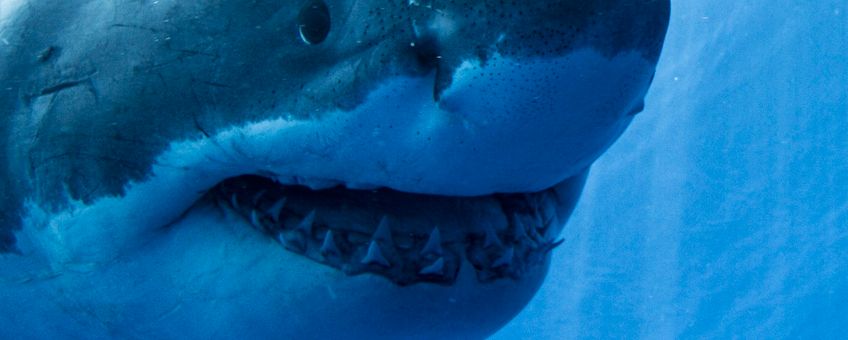
Independent evolutionary histories of tooth replacement in jawed vertebrates
Naturalis Biodiversity CenterThe origins of a pretty smile have long been sought in the fearsome jaws of living sharks. They have been considered living fossils reflecting the ancestral condition for vertebrate tooth development and inference of its evolution. However, this view ignores real fossils that more accurately reflect the nature of ancient ancestors.
New research led by Naturalis Biodiversity Center and the University of Bristol published in Nature Ecology and Evolution reveals that the dentitions of living shark relatives are entirely unrepresentative of the last shared ancestor of jawed vertebrates.
Dentitions
Our study reveals that while teeth evolved once, complex dentitions have been gained and lost many times in evolutionary history. Tooth replacement in living sharks is not the best model in the search for therapeutic solutions to human dental pathologies.
Lead author Martin Rücklin from Naturalis Biodiversity Center in Leiden, The Netherlands, said: “We used high energy x-rays from a particle accelerator, the Swiss Light Source at the Paul Scherrer Institut in Switzerland, to study tooth and jaw structure and development among shark ancestors. These animals, named ischnacanthid acanthodians, possessed dentitions composed of multiple tooth rows, quite unlike the tooth whorls in acanthodians and modern sharks.”

Lamina
Co-author Professor Philip Donoghue from the University of Bristol said: “Dentitions of vertebrates are characterized by an organized arrangement to enable occlusion and efficient feeding over the lifetime of an animal. This organisation and pattering of teeth is thought to originate in a universal development mechanism, the dental lamina, seen in sharks. The condition we see in the successional tooth rows cannot be explained by this mechanism.”
Co-author Benedict King from Naturalis Biodiversity Center said: “Using state of the art probabilistic ancestral state estimation methods, we build on this discovery to show that teeth existed in the crown-ancestor of gnathostomes. Complex dentitions, tooth whorls, a dental lamina and coordinated replacement, however, have all evolved independently and have been lost several times in the early evolution of jawed vertebrates.”
More information
The article: Acanthodian dental development and the origin of gnathostome dentitions
This work was supported by the Dutch Research Council NWO (Vidi grant), the Natural Environment Research Council, the Paul Scherrer Institut and Naturalis Biodiversity Center.
Text: Martin Rücklin, Naturalis Biodiversity Center
Photos: Sharkcrew (lead photo: great white shark); Ben King
